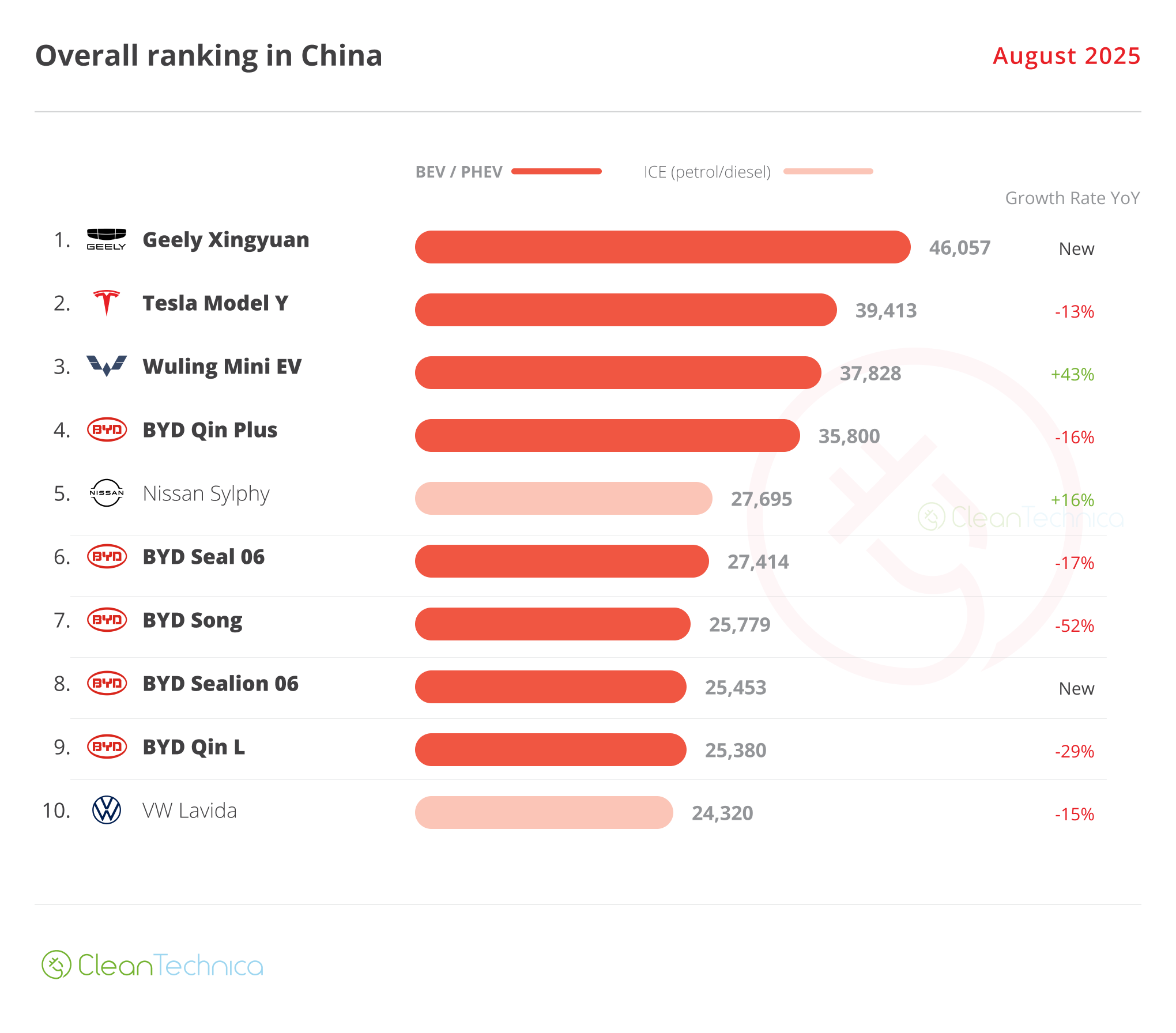Stibnite, is a metallic sulfide mineral, has been earmarked as an emerging, strategically significant source of antimony – and something that could secure the future of Australia’s critical mineral supply chains.
According to CSIRO, global demand for antimony is outpacing supply. With significant stibnite reserves, Australia has been described as having the potential to become a strategic global supplier of the critical mineral, which is used in lead-acid batteries to stop the lead plates from degrading.
“Today, antimony is prized for its industrial might. In the modern world of critical minerals, antimony is becoming one of the most strategically important elements,” CSIRO said in a statement.
“From flame retardants and semiconductors to solar panels, military-grade alloys and night vision goggles, antimony is fuelling technologies that underpin defence, energy and digital infrastructure.”
Russia, China and Tajikistan make up 90 per cent of global antimony production, with Western nations said to be facing growing supply vulnerability due to export restrictions and geopolitical tensions.
This situation, CSIRO said, means Australia has the potential to be an “emerging, strategic option” for reliable and secure supply of antimony due of to having the world’s fourth-largest reserves.
Mineral processing specialist Dr Paul Bruer said that with its rich deposits of stibnite, Australia has “great potential” in becoming a global supplier in antimony metal and antimony oxide.
“Antimony is on the critical mineral list for Australia, the United States, European Union, Japan and Canada, igniting industry interest in Australia’s stibnite reserves and the processing of these to antimony metal or antimony oxide onshore,” he said.
High-grade stibnite deposits in regions like Victoria, New South Wales, Queensland and Western Australia are already gaining attention as the world looks to secure ethical sources of the critical mineral.
Want to connect with the mining industry? Register to attend AIMEX and WA Mining Conference.

.jpg)


